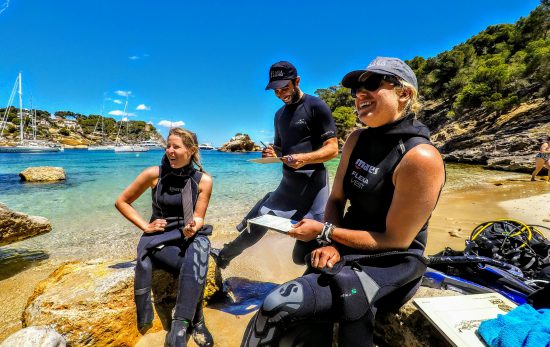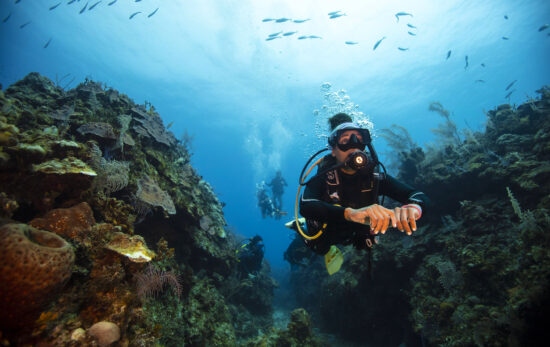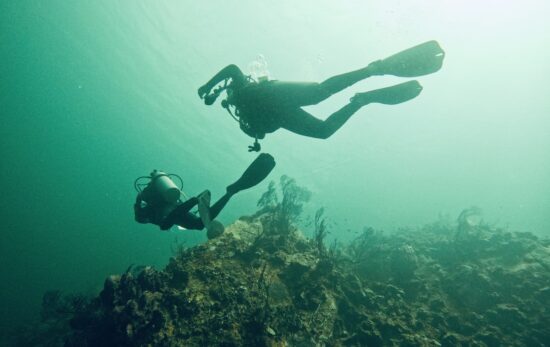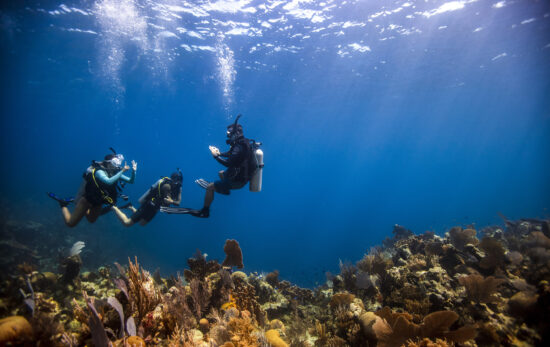There are dozens of reasons to become a scuba instructor: you get paid to dive, you meet amazing people, etc. But that’s not what this article is about.
This article is about the myths, misconceptions and misunderstandings that prevent people from taking their passion for scuba diving to the next level. Read on to learn the truth about becoming a scuba instructor and the PADI® Instructor Development Course (IDC).
MYTH #1: You Need an Encyclopedic Knowledge of Scuba Diving
Don’t know the difference between a nembrotha cristata and a nembrotha kubaryana? That’s okay. Some PADI Instructors are animal ID experts, others know fascinating details about their local wrecks. These skills are nice to have, but they aren’t necessary to teach someone how to scuba dive.
- The PADI Divemaster course will teach you the fundamentals of diving physics, physiology, equipment and the environment.
- In the PADI IDC, you’ll learn how to work with students, handle various problems, and explain concepts like buoyancy in a way that’s easy to understand.
- The PADI System has helped thousands of divers become successful PADI Professionals. All you need to bring to the table is love for the underwater world and a desire to share that passion with others.
MYTH #2: It Takes a Long Time to Become a Scuba Instructor
If you’re already a PADI Divemaster (or hold a leadership-level certification with another training agency), you can become a PADI Instructor in about 11 days (on average). Or, you can complete your training gradually over a series of weekends.
- First, you’ll need 10-12 hours to complete your online training (IDC eLearning®).
- Next, you’ll spend minimum 6 days working with your PADI Course Director(s) practicing teaching presentations, completing workshops and perfecting your dive skills.
- The last step, the PADI Instructor Examination (IE) takes place over two consecutive days.
You’ll need at least 100 logged dives to start the IDC and proof of EFR training within the past 24 months. If you don’t already have these things, your training time may be longer. Here’s a complete list of prerequisites to start the PADI IDC.
MYTH #3: It Costs a Lot of Money to Become a Scuba Instructor
We ran the numbers and the average cost to become a scuba instructor is about the same as becoming a watersports instructor or 200-hour yoga instructor. An average PADI Instructor course is actually less expensive than an average ski or snowboarding instructor course.
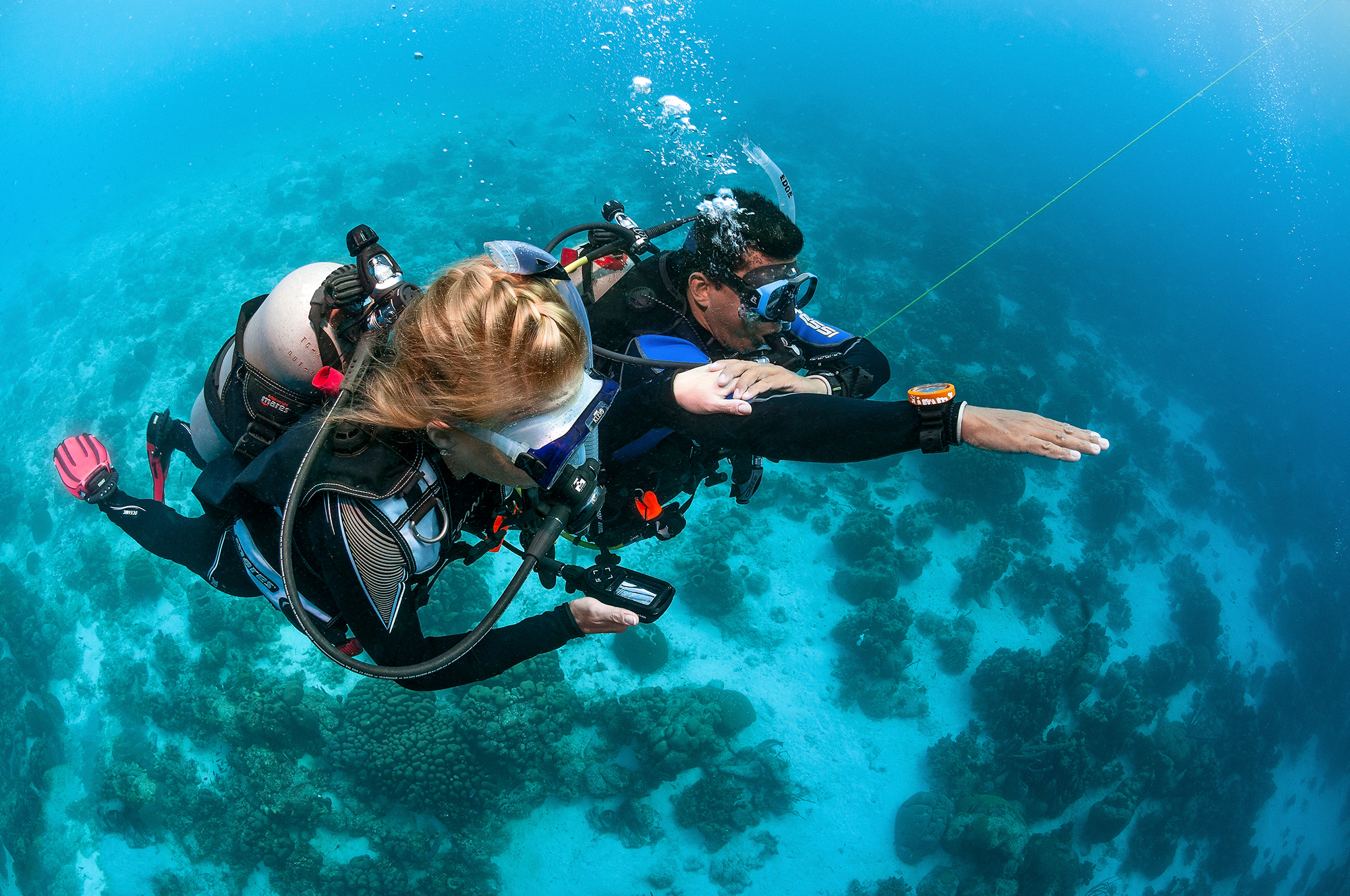
MYTH #4: The PADI IDC is Only Valuable If You Want to Teach Scuba for a Living
One of the most common things we hear from PADI Instructors is how much their IDC training helped them succeed in the “real world.” During the IDC, you’ll learn how to:
- Break down complex information into simple concepts
- Help people embrace new ideas by comparing them to things they already understand
- Give feedback in a positive and supportive way
- Appeal to people with different learning styles
- Establish a positive learning environment
Learn more about how becoming a PADI Instructor benefits you in the real world. Or, read up on the many (many) career options for PADI Pros including, marine biologist, underwater crime scene investigator, stunt person and underwater archeologist.
If you don’t feel ready – that’s okay. Most people don’t, that’s why it’s called “The Instructor Development Course.” Your PADI Course Director will show you the in’s and out’s of teaching scuba, just like your Open Water instructor showed you how to take your first breaths underwater.
In this author’s opinion, the Open Water Diver course® is a lot harder than the IDC.
- At the beginning of the Open Water Diver course, you start with zero knowledge.
- When you start the IDC, you already know how to dive. The course teaches you how to transfer your knowledge to others.
Contact a PADI Five Star IDC or CDC with any questions you have about becoming a PADI Pro. They’ll be happy to share their expertise. You can also watch this recorded webinar that explains how to become a PADI Professional.

